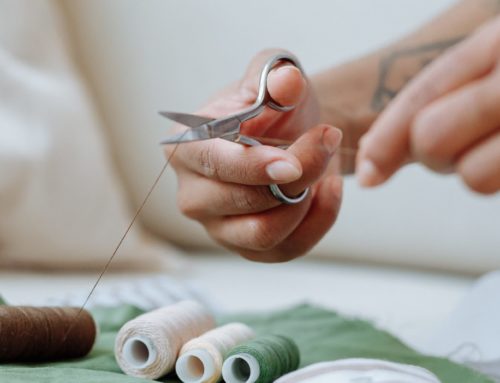Varicose veins can happen to anyone. They are not usually dangerous but can be quite unsightly. Find out what they are and the types of treatments used to get rid of them.
Varicosities can occur in any vein. When they are found in the rectum they are referred to as hemorrhoids. Most of the time, they are found in the thighs and lower legs. And, women are more prone to them than men.
The purpose of the venous system in the body is to return deoxygenated blood to the heart. Waste products that are picked up along the way are exchanged for oxygen in the lungs. When something interferes with the circulation of the blood it can lead to varicose veins.
The vessels swell in size to accommodate the backflow of blood. Weakened valves are one cause of varicosities. You are at risk for them if you:
* Stand for long periods of time
* Are pregnant
* Are overweight
* Are sedentary
* Have a family history of varicose veins
These are just some of the risk factors. If you have them you may not even take notice of them unless you are showing your legs. Many people with them don’t have any pain or discomfort associated.
You may see your doctor about ways to treat varicose veins. Without pain or other issue that affects your health, getting rid of them is purely cosmetic. Insurance companies are not in the habit of paying for cosmetic procedures but you can often find inexpensive ways to help get rid of them.
Exercise – Exercise can help to reduce the presence of varicose veins. It also helps you to control your weight, and less weight on your frame means less pressure on the veins of your legs.
Post pregnancy – Many women may develop them during pregnancy because of the increased weight and fluid in their tissues. It may take a few months post delivery but the varicosities usually disappear.
Other Treatments
If your problem involves pain, blood clots, inflammation and other risk factors or more serious side effects from non-treatment, you can usually get the insurance company to pay for a more extensive procedure.
Your doctor will perform tests to determine which treatment is best for you.
Laser treatments – These can be done in the doctor’s office using a local anesthetic. Precise laser energy is applied to the veins through the skin to destroy them. The vein will just disappear. Depending on the size of the varicose veins, this procedure may take more than one treatment.
Surgical Intervention – Since these are superficial veins, the deeper veins of the legs will take over the flow of blood, so your body won’t miss these. Small slits can be made in the skin and a light placed to locate the varicosities. They are them removed through these incisions.
Vein stripping involves inserting a plastic or metal catheter into the vein, tying it to one end of the vein and pulling it free from the leg. Applying pressure on the leg will tamponade the smaller veins attached to it and stop any bleeding.
Varicose vein treatment varies from home therapy (compression sleeves, exercise) to surgical intervention (laser, vein stripping). Ask your doctor about your options.


Leave A Comment